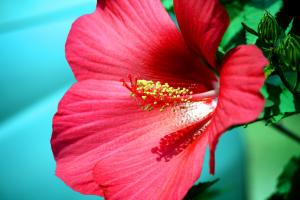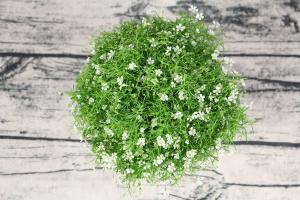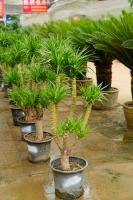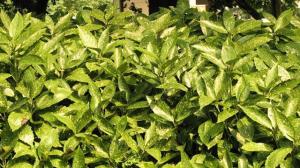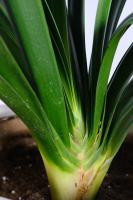Introduction
New York City, with its concrete jungle vibe, may not seem like the place to find trees lining the streets. However, the city has made a concerted effort to increase the amount of greenery in the urban environment, and street trees play a large role in that effort. In this article, we'll take a closer look at what types of trees are planted on NYC streets and why they're important.
Species Selection
When it comes to choosing trees for planting on city streets, there are a few things to consider. Firstly, the trees must be able to survive and thrive in an urban environment, which can be challenging due to pollution, compacted soil, and limited space. Secondly, the trees must be resistant to pests and diseases, as well as tolerant of varying weather conditions. Finally, the trees should be aesthetically pleasing and complement the surrounding architecture and landscape.
Common Trees on NYC Streets
One of the most commonly planted trees on NYC streets is the London Plane tree, also known as the sycamore. It's a large, hardy tree that can grow up to 100 feet tall and has a unique mottled bark that gives it visual interest. Another popular choice is the Norway Maple, which is a fast-growing, shade-loving tree with a dense canopy.
The Honey Locust is another common sight on NYC streets, with its delicate leaves that provide light shade and a fine texture. The American Sycamore is a deciduous tree with a broad canopy, providing ample shade in the summer months. Finally, the Japanese Zelkova is a relatively new addition to the list of trees planted on city streets, appreciated for its high tolerance for pollution and its ability to provide shade in the summer.
Benefits of Street Trees
Street trees provide a wide range of benefits to urban environments. For starters, they help to filter pollutants from the air, improving overall air quality. They can also help to reduce the urban heat island effect, which is when cities are significantly warmer than surrounding rural areas due to the amount of concrete and asphalt. Additionally, street trees help to absorb stormwater runoff, reducing the likelihood of flooding and erosion.
Street trees also provide aesthetic benefits, making the urban environment more visually appealing and promoting mental health and wellbeing. They can even increase property values in surrounding areas, as people appreciate having natural elements in their community.
Maintenance and Care
While street trees offer numerous benefits, they require a certain level of maintenance and care to ensure their health and longevity. NYC Parks is responsible for the maintenance of all street trees, including pruning, watering, and pest control. Residents are encouraged to water newly planted street trees during times of drought, and to notify the city of any issues that arise with the trees.
Conclusion
Street trees are an important part of the urban environment in NYC, providing a wide range of benefits both practical and aesthetic. From the hardy and resilient London Plane tree to the delicate and shade-providing Honey Locust, there are many different types of trees planted on city streets. As the city continues to prioritize green initiatives, the importance of street trees will only continue to grow.

 how many times do yo...
how many times do yo... how many planted tre...
how many planted tre... how many pine trees ...
how many pine trees ... how many pecan trees...
how many pecan trees... how many plants comp...
how many plants comp... how many plants can ...
how many plants can ... how many plants and ...
how many plants and ... how many pepper plan...
how many pepper plan...